Home>Ideas and Tips>How To Identify And Fix Common Plumbing Issues
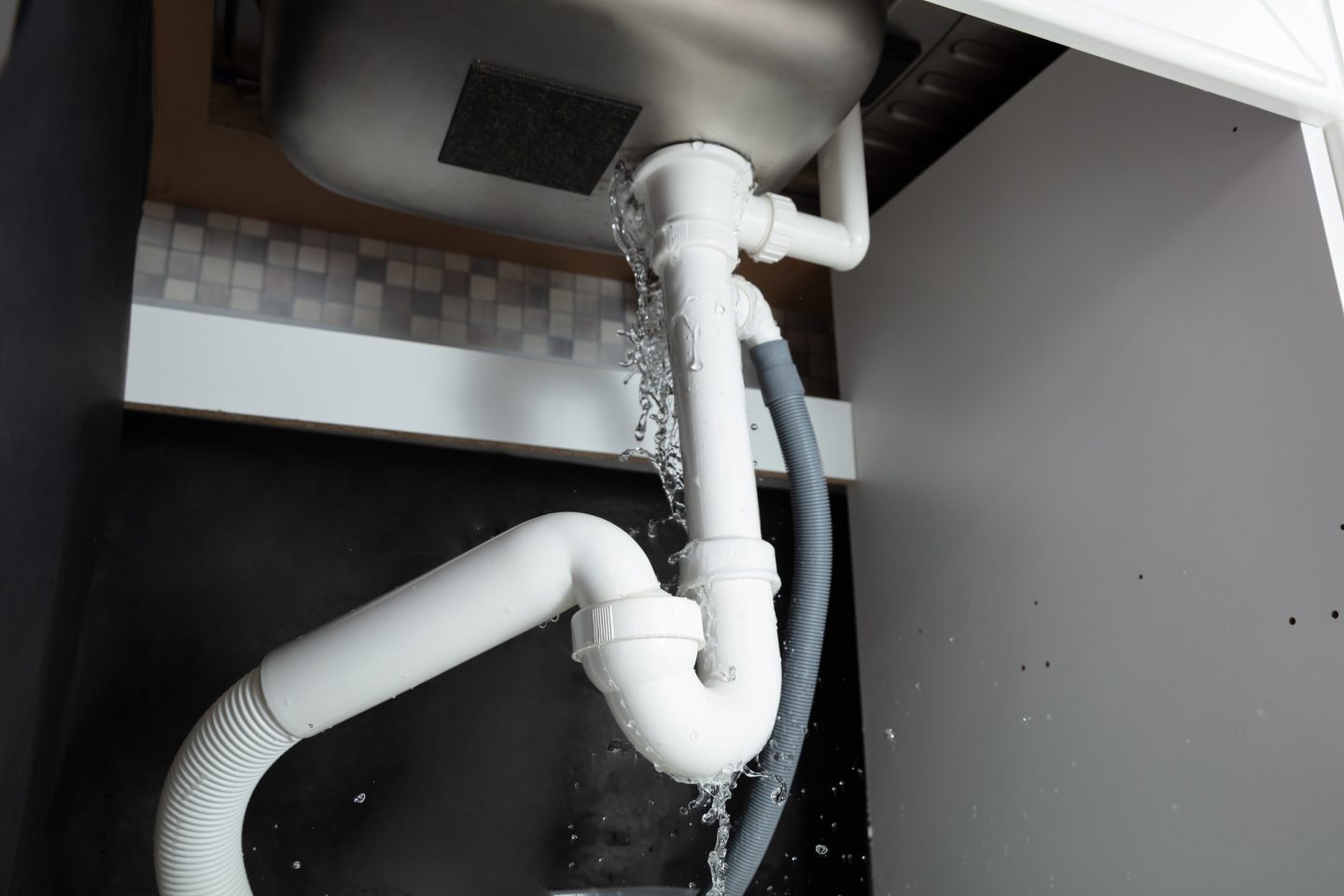

Ideas and Tips
How To Identify And Fix Common Plumbing Issues
Published: September 26, 2024
Learn how to identify and fix common plumbing issues with our step-by-step guide. Save time and money by tackling leaks, clogs, and more yourself!
(Many of the links in this article redirect to a specific reviewed product. Your purchase of these products through affiliate links helps to generate commission for Storables.com, at no extra cost. Learn more)
Plumbing issues can be frustrating and costly, but knowing how to identify and fix common problems can save you time, money, and a lot of stress. In this article, we will cover the most common plumbing issues, how to identify them, and provide step-by-step instructions on how to fix them. Whether you are a seasoned DIY enthusiast or a homeowner looking to tackle some basic plumbing tasks, this guide will equip you with the knowledge and confidence to handle most plumbing problems that arise in your home.
Understanding Your Plumbing System
Before diving into specific issues, it's essential to have a basic understanding of your plumbing system. Your home's plumbing system consists of several key components:
- Water Supply Lines: These are the pipes that bring water from the municipal supply or a well into your home.
- Water Heater: This is where hot water is stored and distributed throughout the house.
- Plumbing Fixtures: These include sinks, toilets, showers, and bathtubs.
- Drainage System: This includes pipes that carry wastewater away from your home.
- Valves: These control the flow of water in various parts of the system.
Understanding these components is crucial for identifying and fixing plumbing issues effectively.
Common Plumbing Issues
1. Leaks
Leaks are one of the most common plumbing issues and can occur anywhere in the system. They can be caused by worn-out seals, damaged pipes, or loose connections.
Identifying Leaks
- Visual Inspection: Look for signs of water droplets or puddles around fixtures and pipes.
- Listen for Sounds: Leaks often produce a hissing sound.
- Check Water Bills: A sudden increase in your water bill could indicate a leak.
Fixing Leaks
- Turn Off the Water Supply: Locate the shut-off valves for the affected area and turn them clockwise to shut off the water supply.
- Identify the Source: Use a flashlight to inspect the area around the leak. Common sources include faucet handles, drain traps, and pipe connections.
- Replace Worn-Out Seals or Gaskets: For faucets and toilets, replace worn-out O-rings or gaskets with new ones.
- Tighten Loose Connections: Use a wrench to tighten any loose connections on pipes or fittings.
- Repair or Replace Damaged Pipes: If the leak is coming from a damaged pipe, you may need to replace it entirely.
2. Clogs
Clogs are another frequent problem that can occur in your plumbing system. They often happen in sink drains, toilets, and showers.
Identifying Clogs
- Slow Draining Water: If water drains slowly or not at all from sinks or showers.
- Gurgling Sounds: Strange gurgling sounds coming from drains indicate air trying to escape through a clogged pipe.
- Backed-Up Toilets: If your toilet overflows or doesn’t flush properly.
Fixing Clogs
- Use a Plunger: For sink drains and toilets, use a plunger to create suction on the clog. Make sure the plunger is properly seated over the drain before plunging.
- Use Chemical Drain Cleaners: For tougher clogs in sink drains, use chemical drain cleaners like Drano or Liquid-Plumr according to the manufacturer’s instructions.
- Use a Drain Snake (Auger): For more severe clogs in sink drains or toilets, use a drain snake (auger) to physically remove the blockage.
- Baking Soda and Vinegar Method: For natural unclogging methods, pour baking soda down the drain followed by vinegar. Let it sit for a few hours before rinsing with hot water.
3. Burst Pipes
Burst pipes are a serious issue that requires immediate attention as they can cause significant water damage.
Identifying Burst Pipes
- Water Damage: Look for signs of water damage such as wet walls, ceilings, or floors.
- Sound of Running Water: If you hear running water even when all faucets are turned off.
- Increased Water Bill: A sudden spike in your water bill could indicate a burst pipe.
Fixing Burst Pipes
- Turn Off the Main Water Supply: Locate the main shut-off valve and turn it clockwise to shut off the entire house’s water supply.
- Identify the Burst Area: Use a flashlight to inspect areas where pipes are exposed or under sinks.
- Shut Off Individual Valves: If you can locate individual valves for specific areas (like under sinks), turn them off as well.
- Drain Water from Affected Area: Use towels or mops to soak up excess water from floors and surfaces.
- Replace Damaged Pipe Sections: If you find a burst pipe section, replace it with new piping material (e.g., copper or PEX).
4. Water Hammer
Water hammer occurs when high water pressure causes pipes to vibrate or bang against walls or floors.
Identifying Water Hammer
- Banging Noises: Listen for banging noises coming from pipes when turning off faucets quickly.
- Visible Pipe Movement: Observe if pipes are visibly moving when water is turned on/off rapidly.
Fixing Water Hammer
- Install Air Chambers or Shock Absorbers: These devices help absorb sudden changes in water pressure by allowing air pockets within pipes.
- Use Anti-Vibration Fittings: Install anti-vibration fittings at points where pipes connect to fixtures like sinks or toilets.
- Reduce Water Pressure: If possible, reduce overall household water pressure by adjusting pressure-reducing valves installed near water heaters.
5. Low Water Pressure
Low water pressure can be frustrating especially when trying to wash dishes or take showers.
Identifying Low Water Pressure
- Weak Flow Rate: Notice if faucets produce weak flow rates compared to normal levels.
- Longer Fill Times: Toilets take longer than usual to fill up after flushing.
Fixing Low Water Pressure
- Check Shut-Off Valves: Ensure all shut-off valves leading up towards affected areas aren’t partially closed which could restrict flow rates significantly!
- Inspect Pipe Connections & Fittings: Make sure all connections between pipes & fittings aren’t corroded/clogged which might impede proper flow rates!
- Check Pressure Reducing Valves: If installed near water heaters check if they’re functioning correctly; sometimes these valves need adjusting/replacing over time due wear/tear!
4..Consider Upgrading Older Pipes: If dealing older galvanized/copper pipes consider upgrading them newer materials like PEX/copper alloys which offer better durability/resistance corrosion/leaks!
Choosing the Right Pipe Materials
Different types of pipes have unique characteristics that affect their performance over time:
Galvanized Steel Pipes
Galvanized steel pipes were once popular but have largely been replaced due their tendency corrode/leakage issues over years usage!
Copper Pipes
Copper pipes remain popular choice many homeowners due their durability/resistance corrosion/leaks However they do require occasional maintenance replace corroded sections prevent further damage!
PVC Pipes
PVC (polyvinyl chloride) pipes commonly used residential/commercial applications due ease installation/maintenance resistance corrosion/chemicals!
PEX Pipes
PEX (cross-linked polyethylene) pipes gaining popularity recent years due flexibility/installation ease resistance corrosion/chemicals!
Resources for Learning More About DIY Plumbing
If you’re interested learning more about DIY plumbing there numerous resources available online/offline:
Online Forums/Communities
Joining online forums/communities dedicated plumbing enthusiasts can provide valuable insights tips from experienced individuals tackling similar projects!
Instructional Videos/Tutorials
Watching instructional videos/tutorials YouTube/other platforms can help visualize steps involved various plumbing tasks making process much easier understand follow along!
Books/Magazines
Reading books/magazines related plumbing industry can offer comprehensive knowledge various aspects including materials/tools techniques required tackle different projects effectively efficiently!
Conclusion
Identifying fixing common plumbing issues requires understanding basics plumbing system along with knowledge specific problems associated different materials/components involved therein By following steps outlined above you’ll be well-equipped handle majority issues arise within your home ensuring smooth operation overall plumbing setup years come Remember always research thoroughly before starting any project ensuring proper preparation tools techniques required complete task successfully avoiding costly mistakes along way
Was this page helpful?
At Storables.com, we guarantee accurate and reliable information. Our content, validated by Expert Board Contributors, is crafted following stringent Editorial Policies. We're committed to providing you with well-researched, expert-backed insights for all your informational needs.
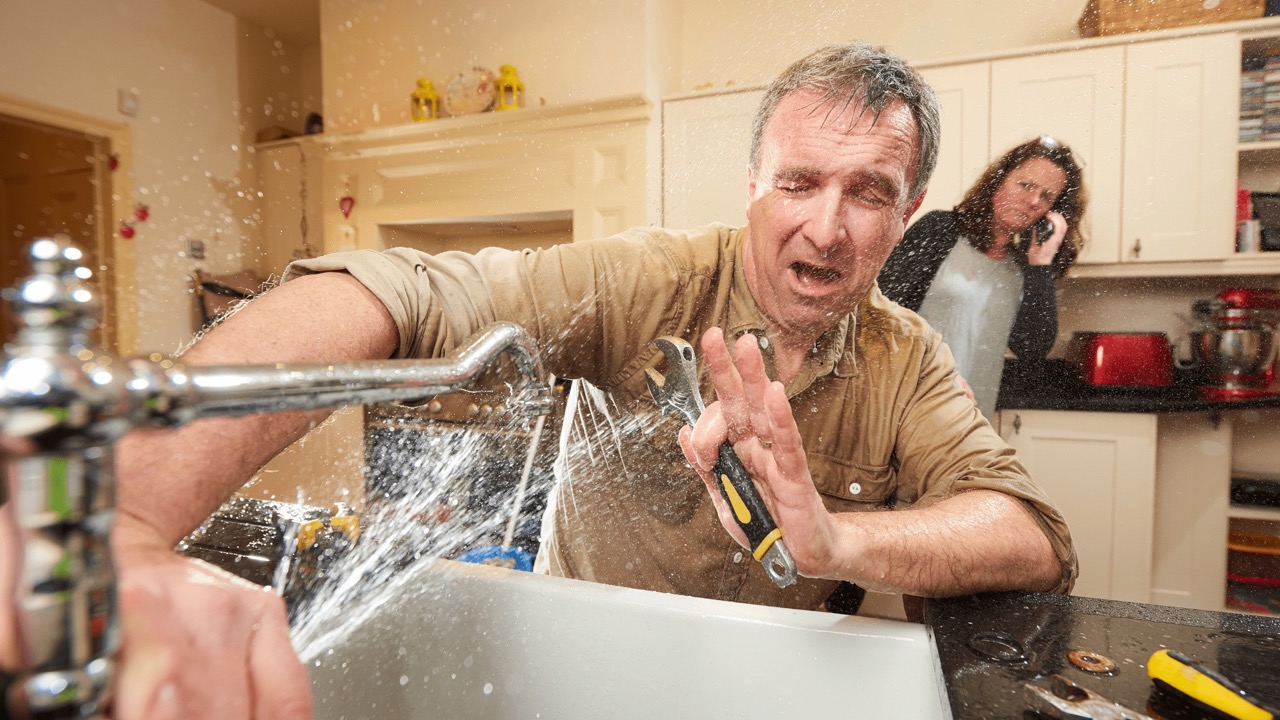
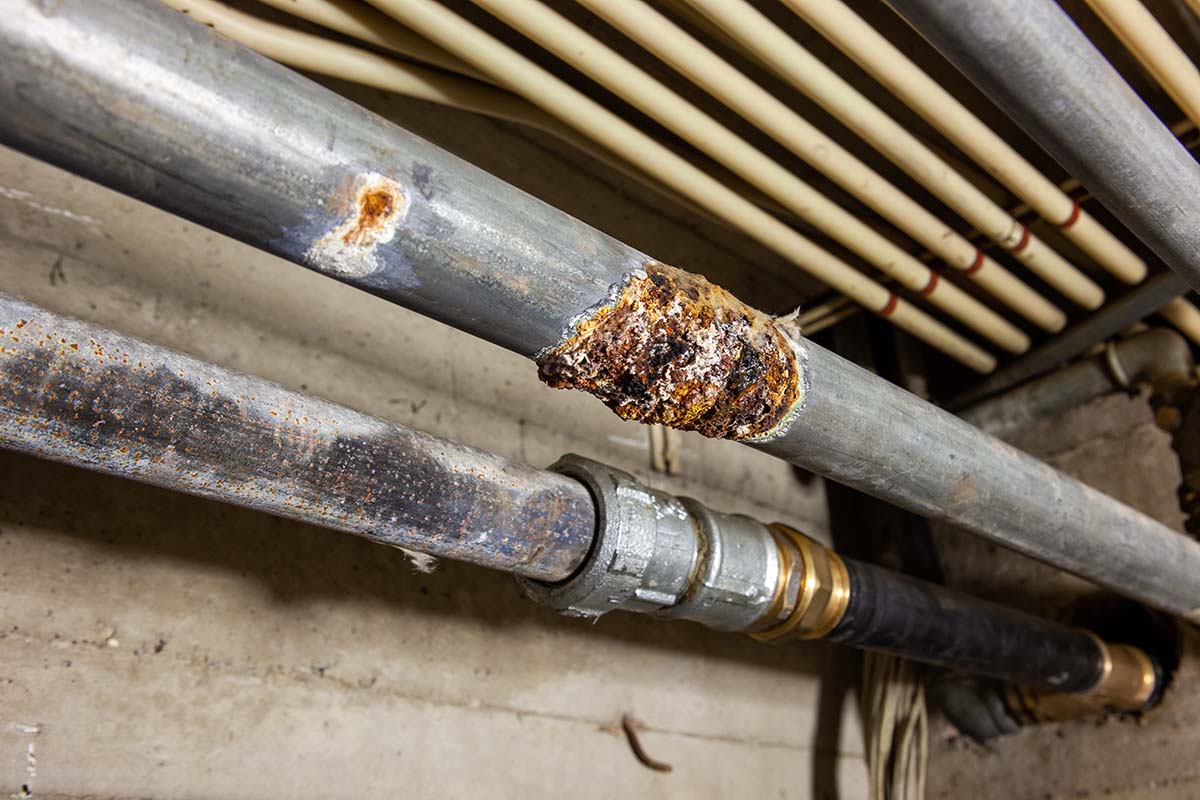
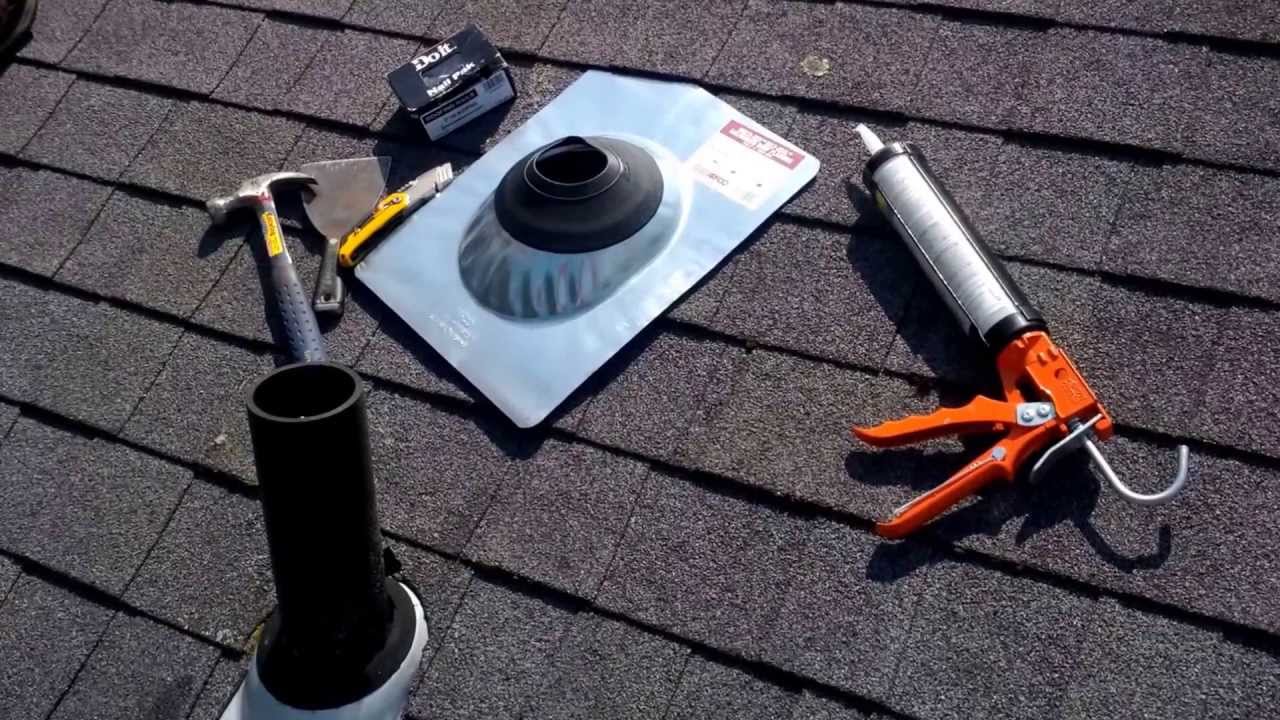

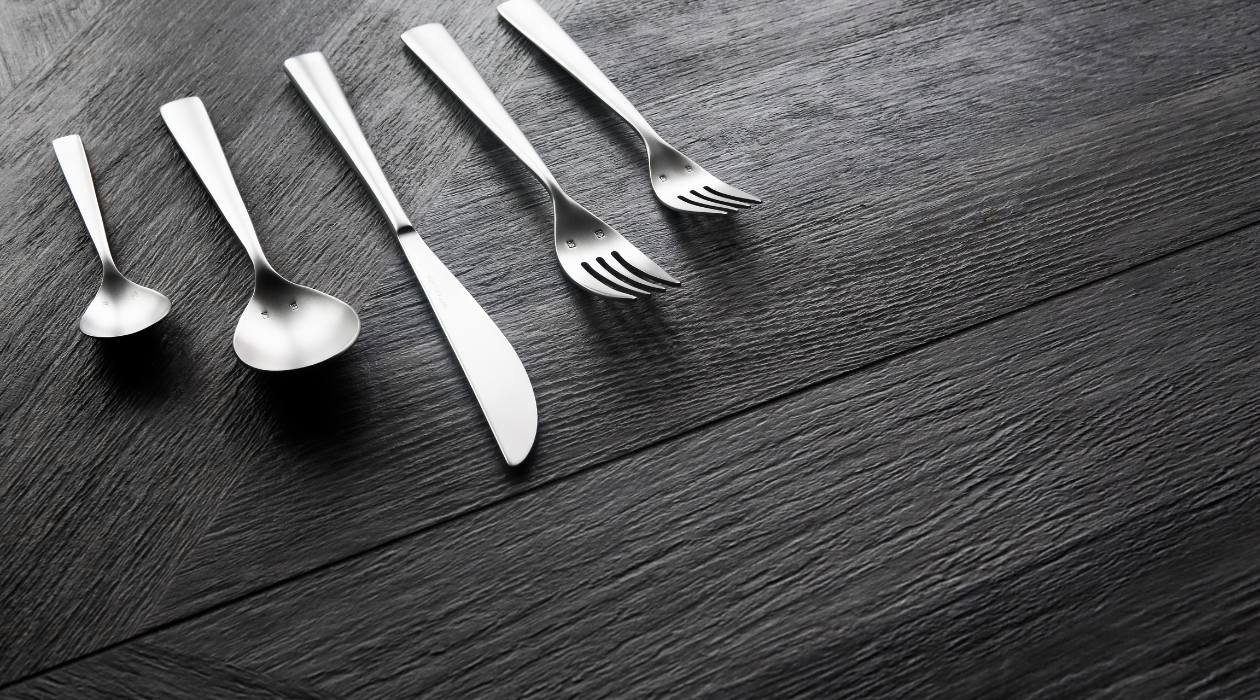
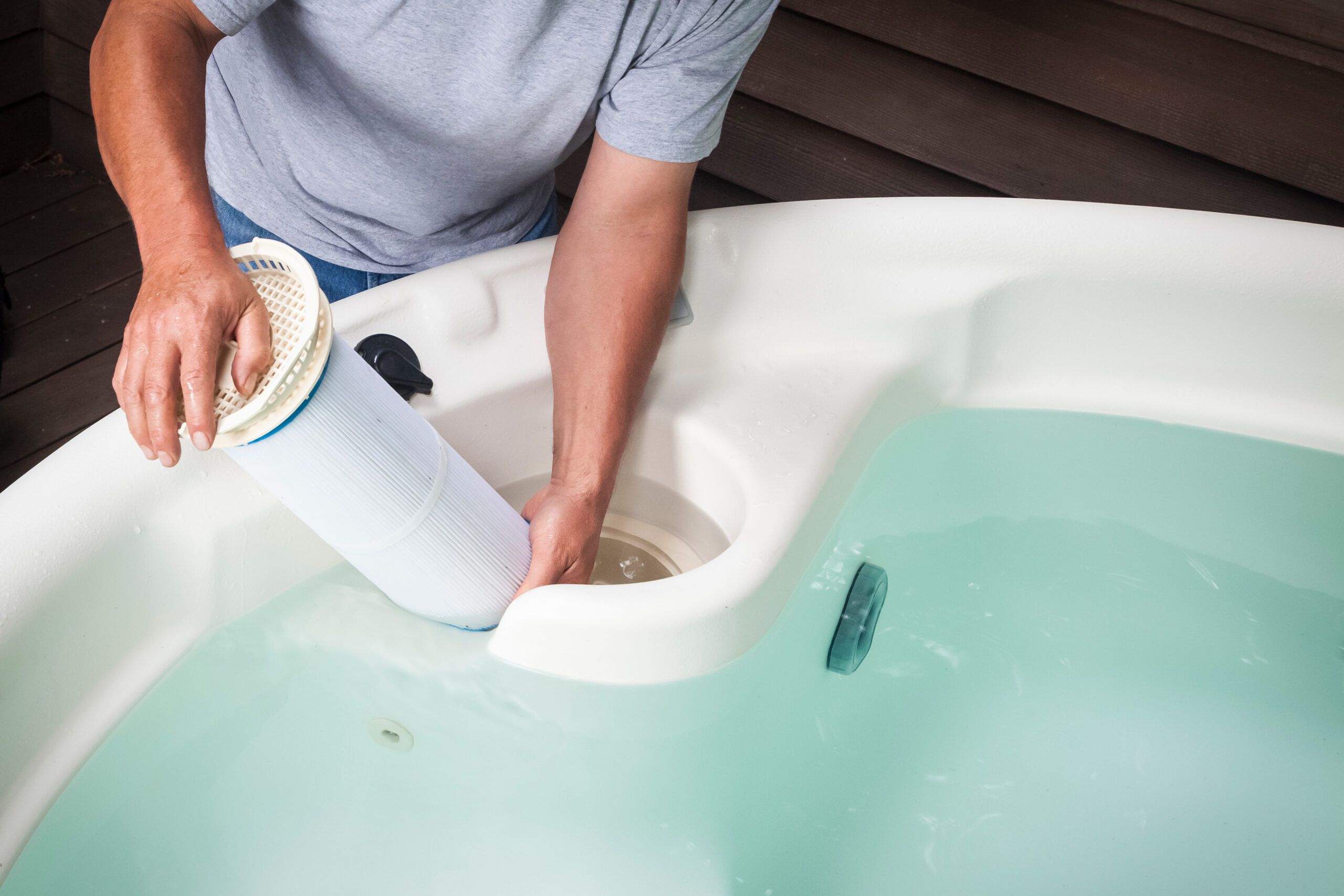
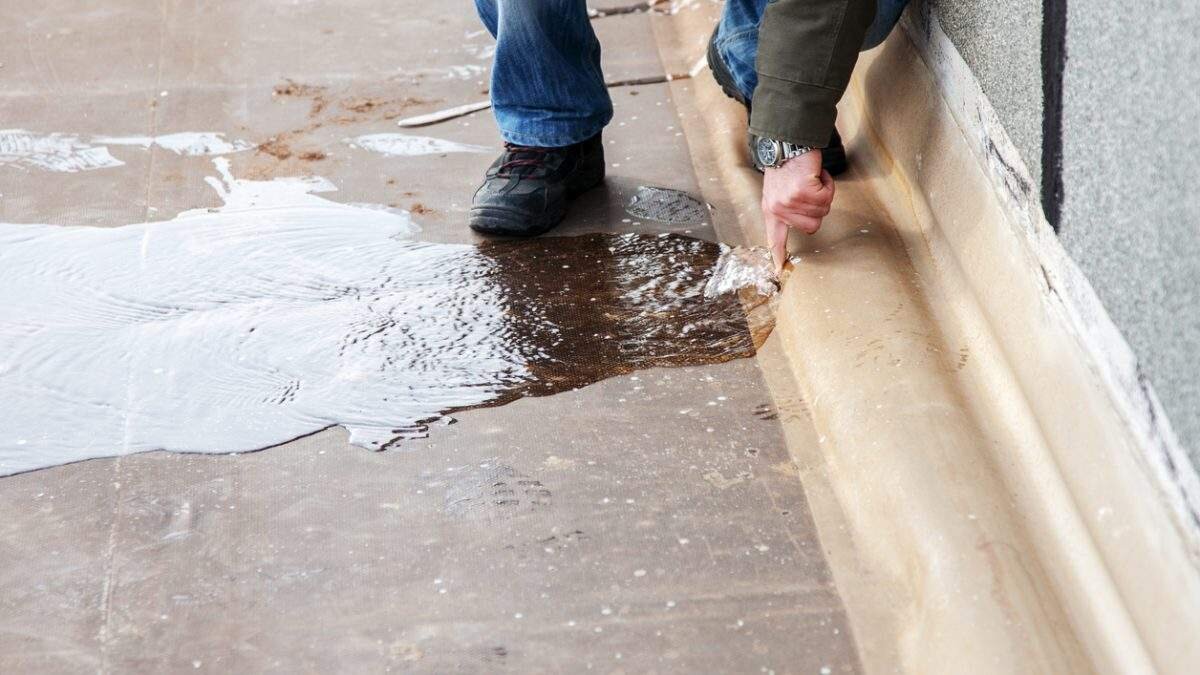
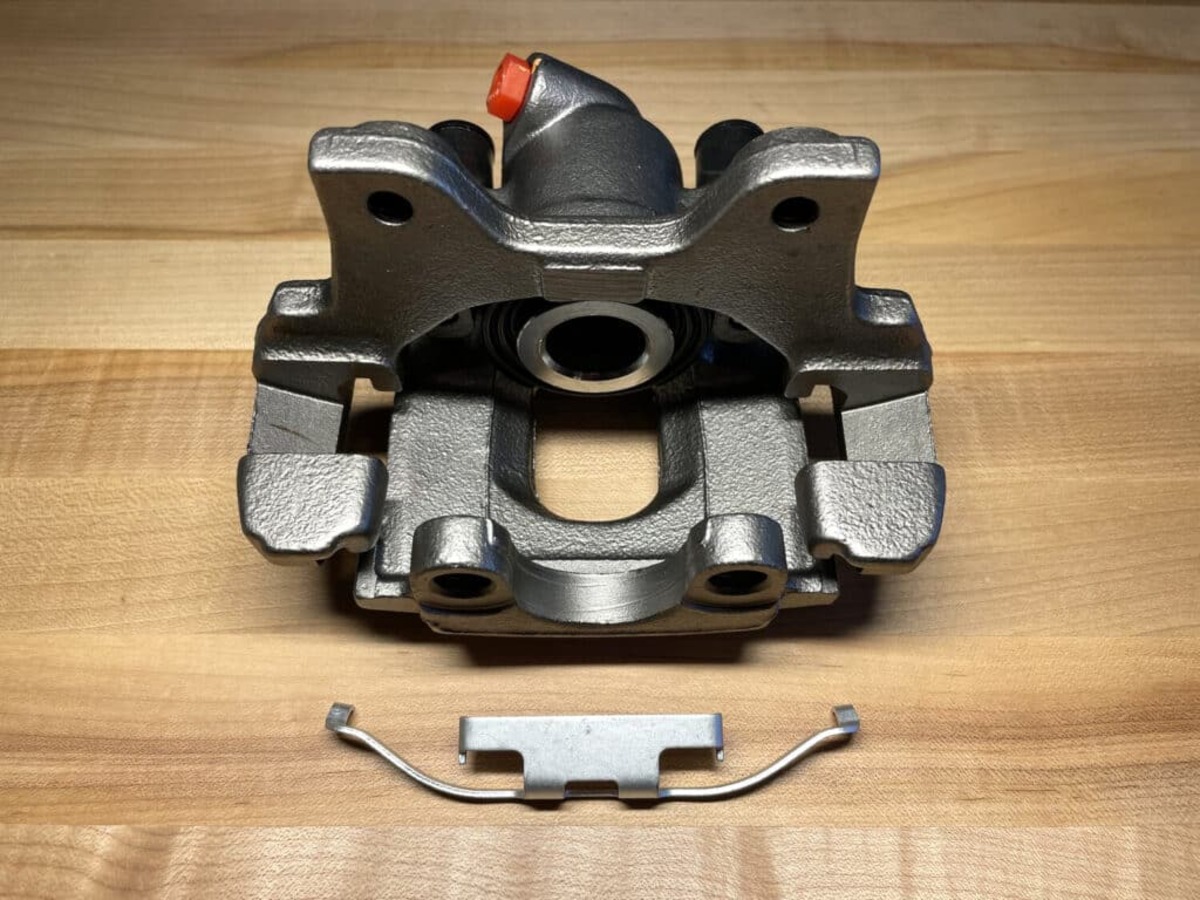
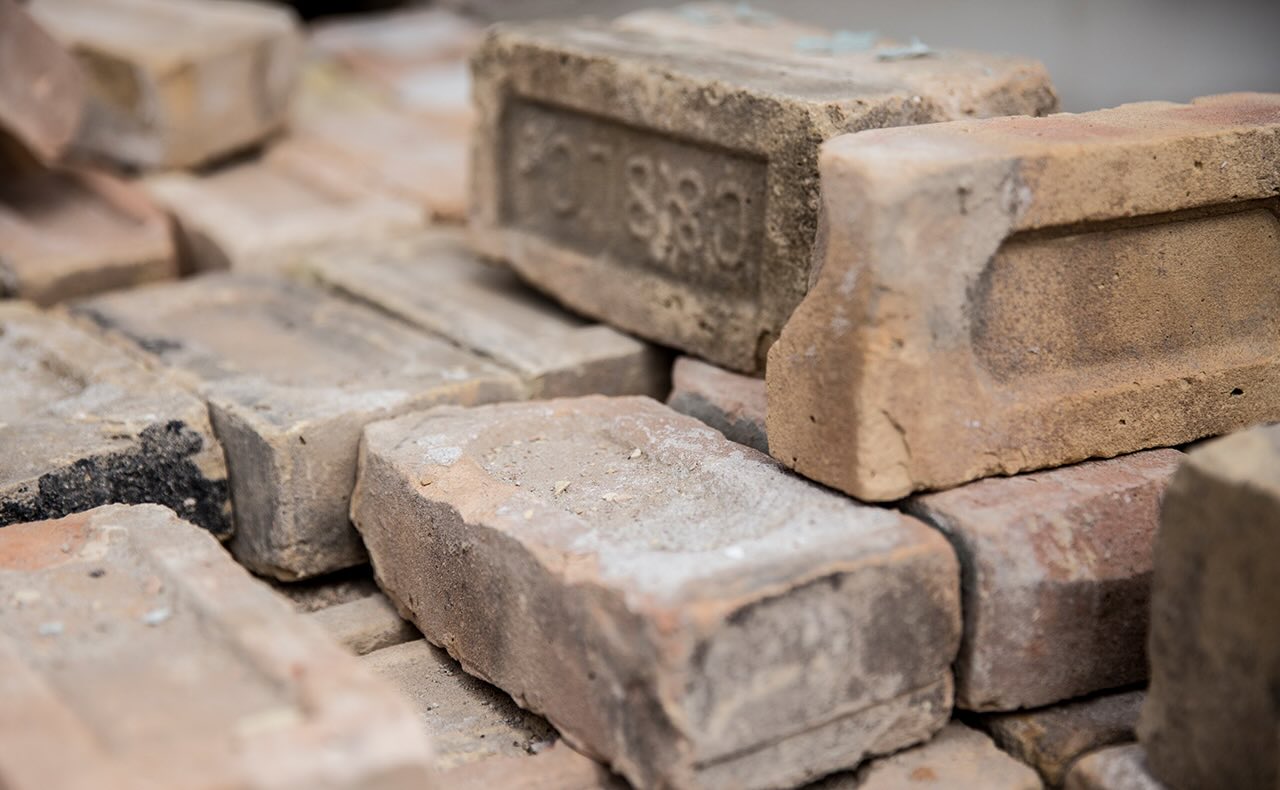

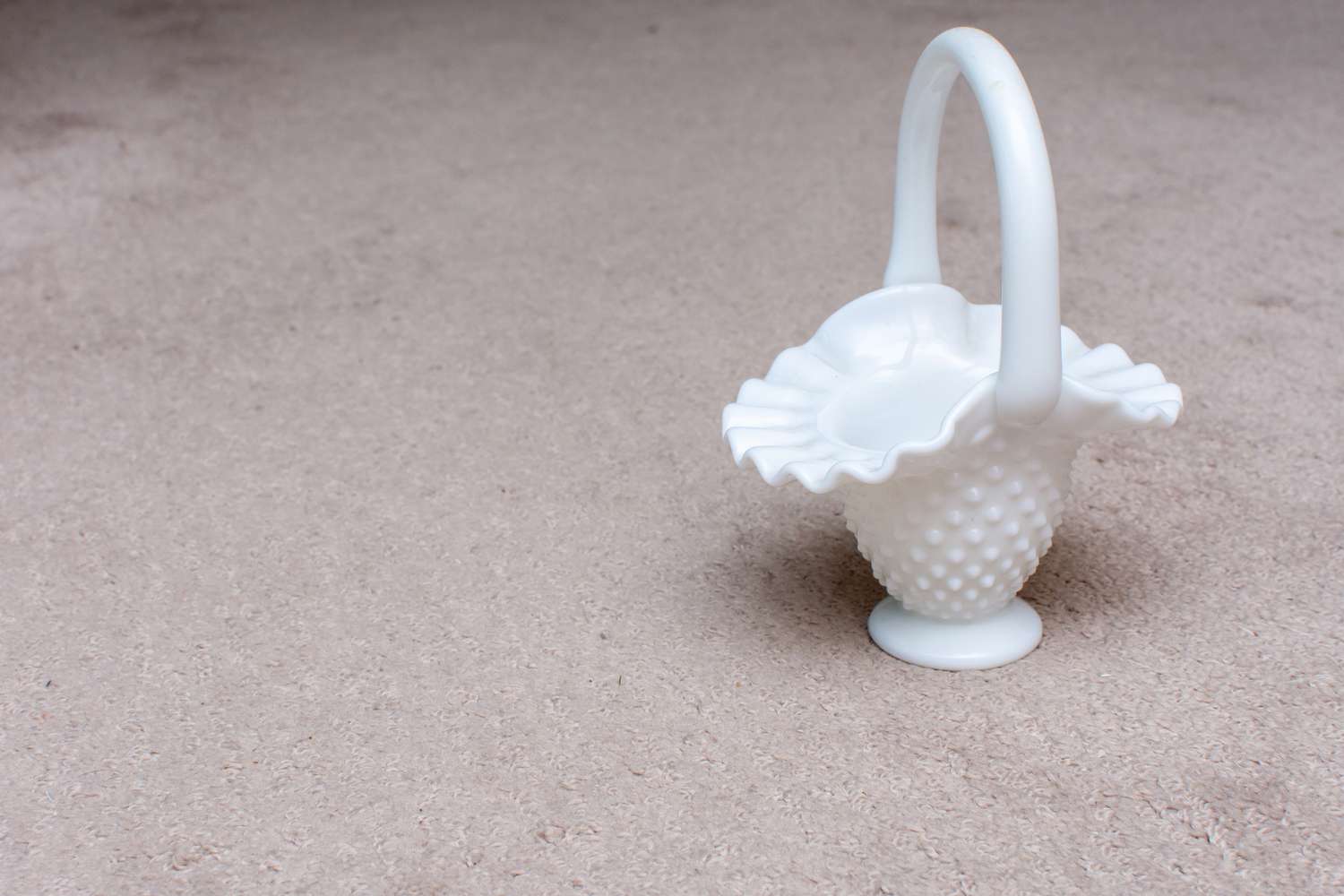
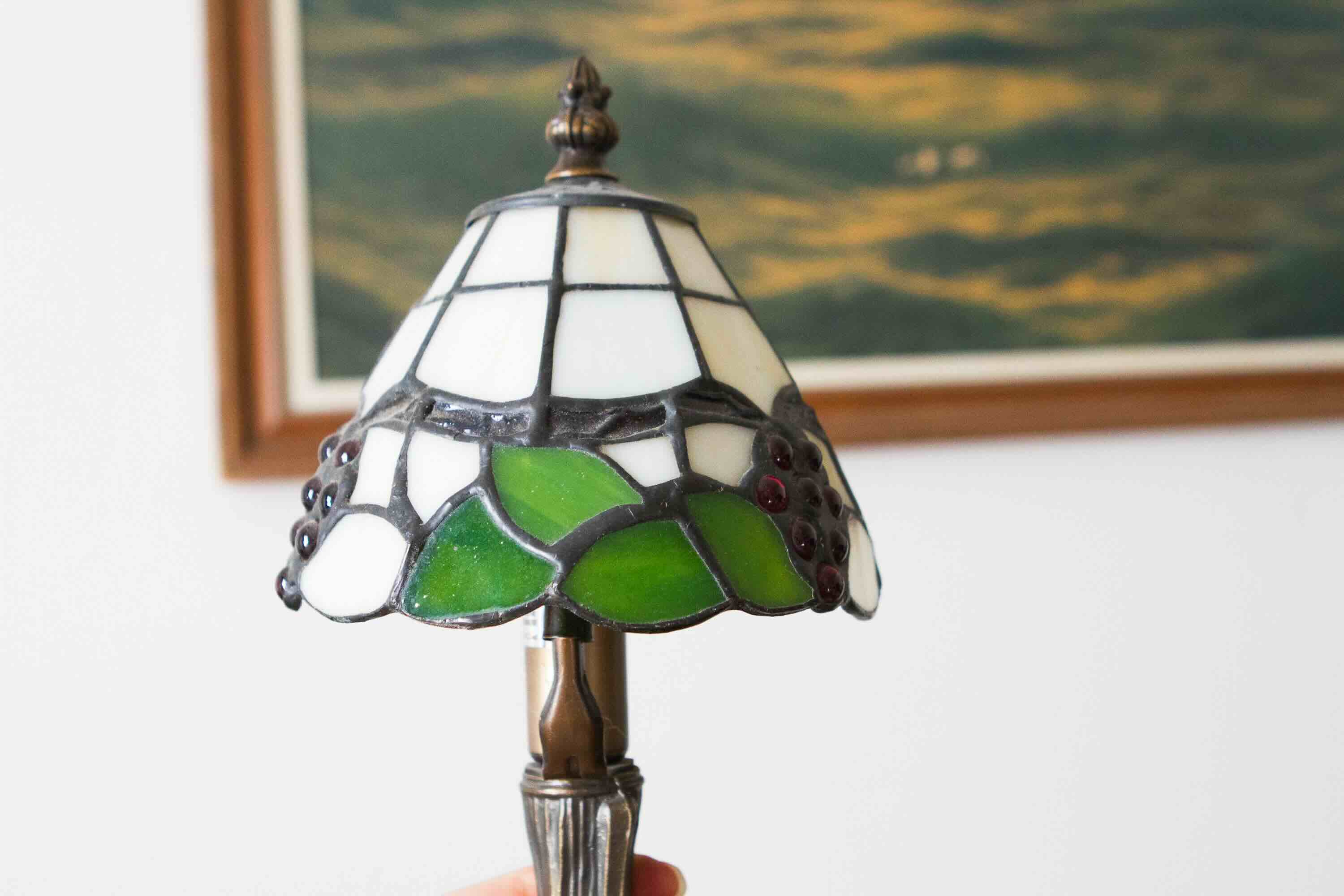

0 thoughts on “How To Identify And Fix Common Plumbing Issues”